Sustainability Trends
The growing emphasis on sustainability and eco-friendly practices is emerging as a crucial driver for the Food-grade Glycerin Market. Consumers are increasingly seeking products that are not only safe for consumption but also produced through sustainable methods. Food-grade glycerin, often derived from renewable resources, aligns well with this trend. As companies strive to enhance their sustainability profiles, the incorporation of food-grade glycerin into their products is likely to increase. This shift is reflected in the food industry, where sustainable practices are becoming a competitive advantage. The Food-grade Glycerin Market is thus expected to benefit from this trend, as manufacturers prioritize environmentally friendly ingredients in their formulations.
Rising Health Consciousness
The increasing awareness regarding health and wellness among consumers appears to be a pivotal driver for the Food-grade Glycerin Market. As individuals become more discerning about the ingredients in their food products, the demand for food-grade glycerin, known for its non-toxic and safe properties, is likely to rise. This trend is reflected in the food and beverage sector, where manufacturers are increasingly substituting synthetic additives with natural alternatives. The market for food-grade glycerin is projected to grow at a compound annual growth rate (CAGR) of approximately 5% over the next few years, indicating a robust shift towards healthier ingredient choices. Consequently, the Food-grade Glycerin Market is poised to benefit from this heightened focus on health, as consumers seek products that align with their wellness goals.
Versatility in Applications
The versatility of food-grade glycerin in various applications is a notable driver for the Food-grade Glycerin Market. This compound is utilized not only in food and beverages but also in pharmaceuticals, cosmetics, and personal care products. Its multifunctional properties, such as acting as a sweetener, humectant, and preservative, make it an attractive ingredient for manufacturers across diverse sectors. The pharmaceutical industry, in particular, is projected to grow at a CAGR of around 6%, further enhancing the demand for food-grade glycerin. As industries continue to explore innovative applications for food-grade glycerin, the Food-grade Glycerin Market is likely to experience sustained growth, driven by its adaptability and multifunctionality.
Expansion of the Food and Beverage Sector
The ongoing expansion of the food and beverage sector is likely to serve as a significant catalyst for the Food-grade Glycerin Market. With the rise in disposable incomes and changing consumer preferences, there is a marked increase in the production of processed foods, which often utilize food-grade glycerin as a humectant and sweetener. According to industry reports, the food and beverage sector is expected to witness a growth rate of around 4% annually, thereby driving the demand for food-grade glycerin. This growth is indicative of a broader trend where manufacturers are increasingly incorporating food-grade glycerin into their formulations to enhance product quality and shelf life. As such, the Food-grade Glycerin Market stands to gain from the burgeoning food and beverage landscape.
Regulatory Support for Natural Ingredients
Regulatory bodies are increasingly endorsing the use of natural ingredients in food products, which appears to bolster the Food-grade Glycerin Market. As governments and health organizations advocate for cleaner labels and transparency in food production, the demand for food-grade glycerin, which is derived from vegetable oils, is likely to increase. This regulatory support not only encourages manufacturers to adopt food-grade glycerin but also reassures consumers about the safety and quality of their food products. The Food-grade Glycerin Market is thus positioned to thrive in an environment where regulatory frameworks favor natural and safe ingredients, potentially leading to a more significant market share in the food sector.


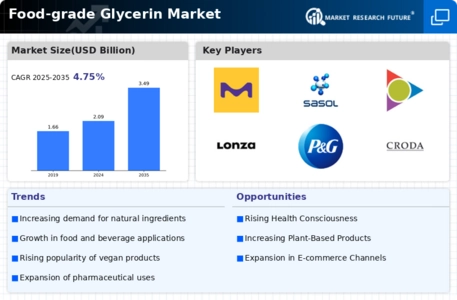
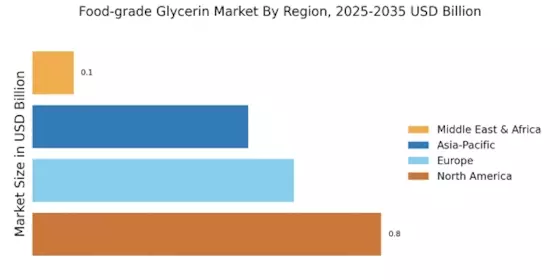



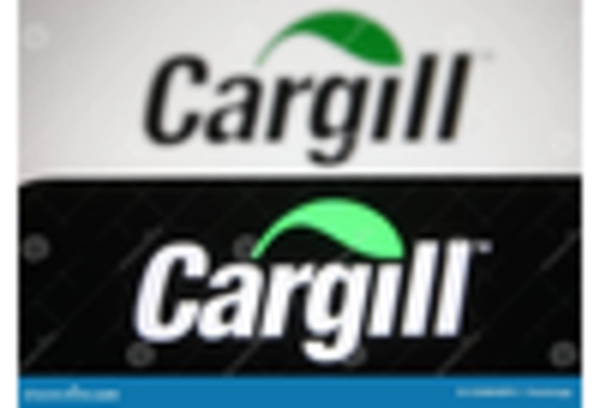
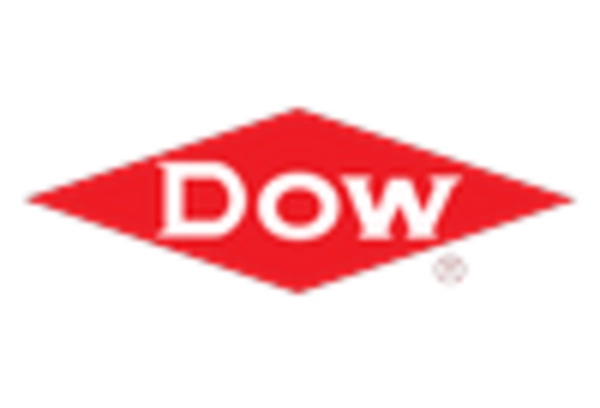
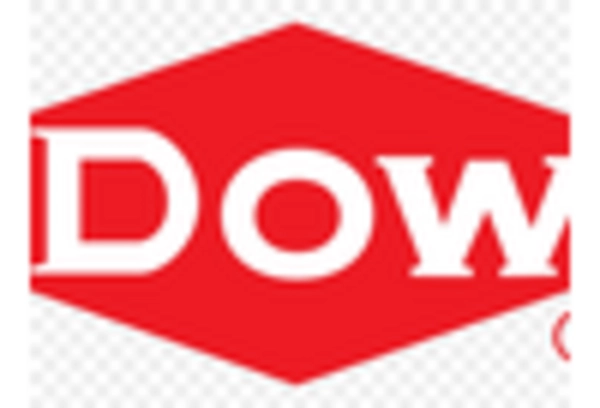
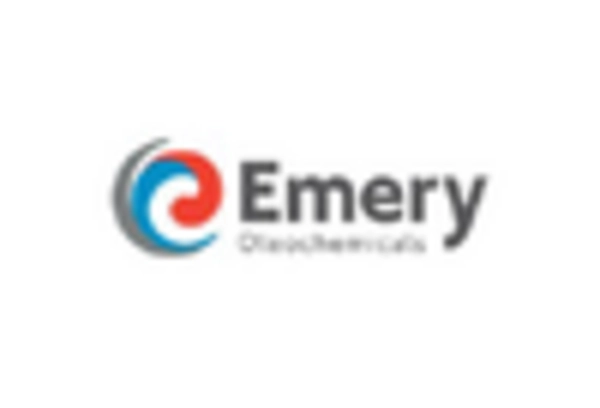
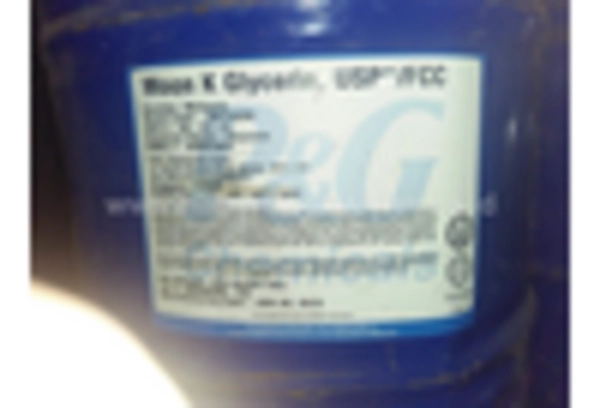
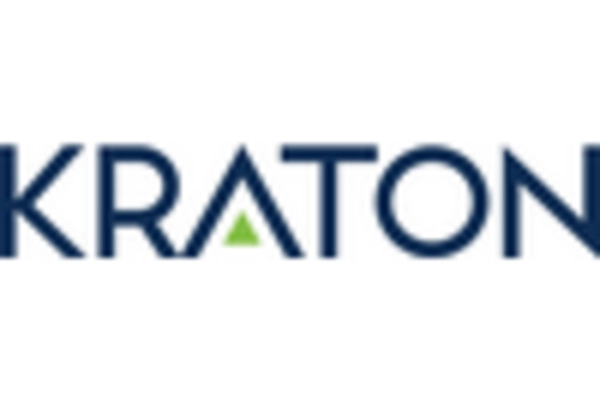
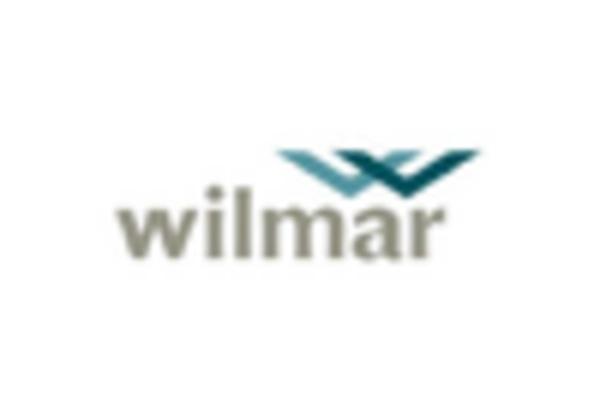









Leave a Comment